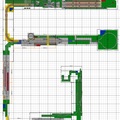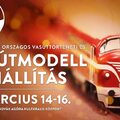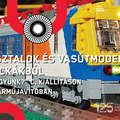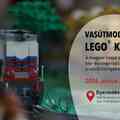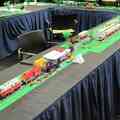Dear Readers,
Three members of the extended MLVK-group (Máté, Tündi and myself) participated at Bauspielbahn Treffen 2022 (BSBT 2022), a train show that is traditionally held each year in the same old tram shed in Schkeuditz, a suburb of Leipzig, Germany. The BSBT is the biggest LEGO-train themed event in Europe, and participants arrive every year from numerous European countries. This year the German team hosted exhibitors from France, Hungary, Luxemburg, The Netherlands, Poland, Switzerland and also the North American continent, represented by two Canadian guests. Applications for the event had to be submitted to the organising team in March, 2022, so they could decide which layouts could participate this year - the tram shed isn't small, but unfortinately couldn't host all of those who applied with layouts.

Fig. 1.: The final layout plan constructed by the organising team. The real layout was a little different, but fortunately no cancellations made the construction harder for the team.
We departed from Budapest, Hungary on the 10th of August and travelled approx. 855 km to reach Schkeuditz. While we only planned packing out everything from the rented van that evening, we couldn't resist and started building our layouts. This turned out to be a good idea. We are used to setting up our layouts in about 8 to 12 hours, however, this time we needed to wait a lot for others to finish and make the tracks of different layouts to match. Although everything, every cm of the layout was planned, it happened more than once that 15-20 of us were lifting 15-20 sqm tables with full displays built already, to move them a little to find a perfect match for the neighbouring layout. Some layouts were built on premade tables and stands, railroad-modeller style, others were put on separate stands and boards, so there were a lot of height differences, too, and they mostly appeared at sharp (R104) curves and, of course, at the edge of the tables, where visitors were close. We put quite a few speed limit signs up on these sections. :)
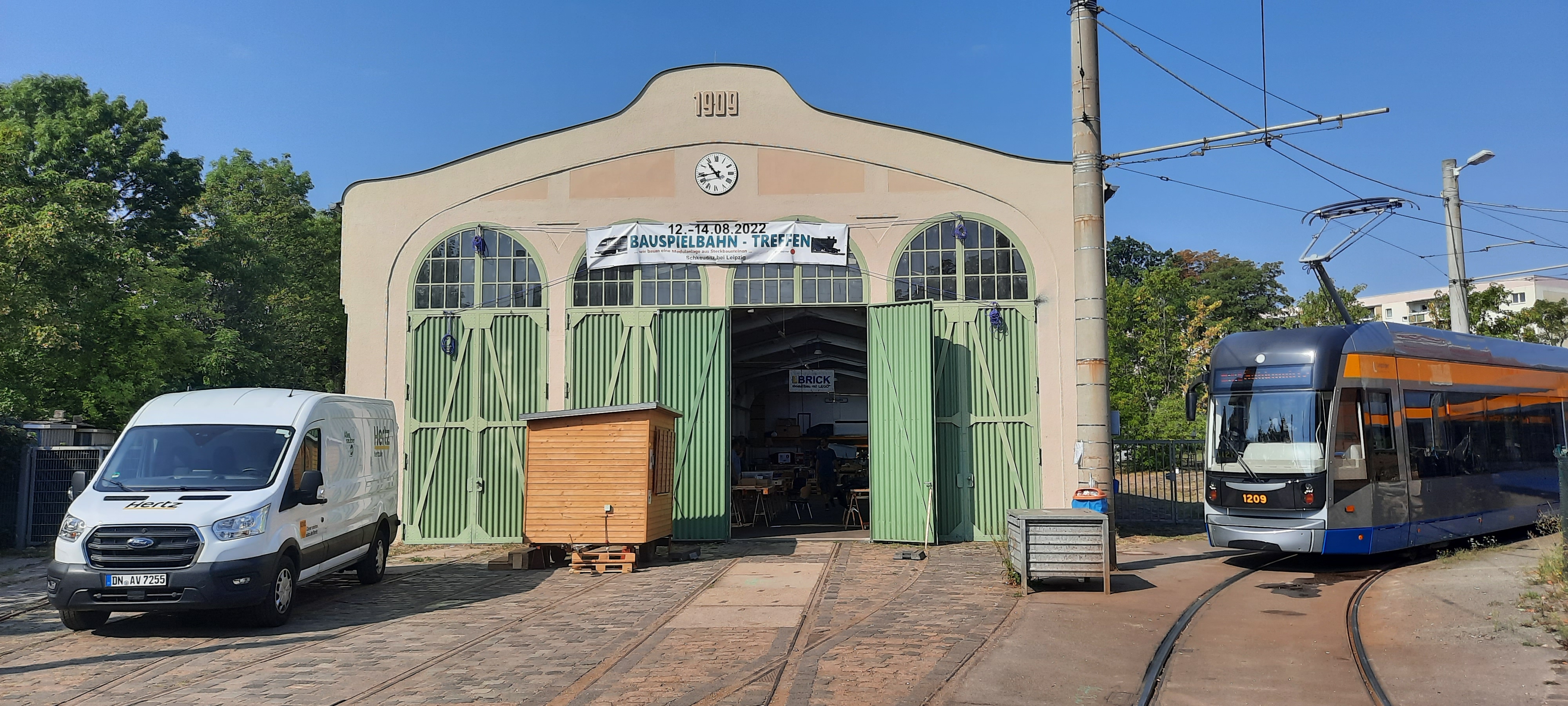
Fig. 2.: The old, out-of-use tram shed and a tram departing to Leipzig on the track loop. The tram drivers had their rest time at this station and shared the only toilet with us, the exhibitors. Most of them greeted us nicely when we arrived to build, play or take photos early in the morning.
Next day we progressed from baseplate to baseplate and the really big mess of Wednesday's afternoon was replaced by the look of a well built exhibition. The last module to set up on the joint layout was the open-line section between Maciejowo station and my part. After this was finally finished, I could start setting up my working signalling system. Setting up was okay, but I had some connection issues with my Bluetooth-based SBrick hubs. Most of the participants used some BLE-based technology to drive trains from smart devices (however there were only two engines equipped with TLC's electronics, the Powered Up), the interference until establishing connection was really bad.
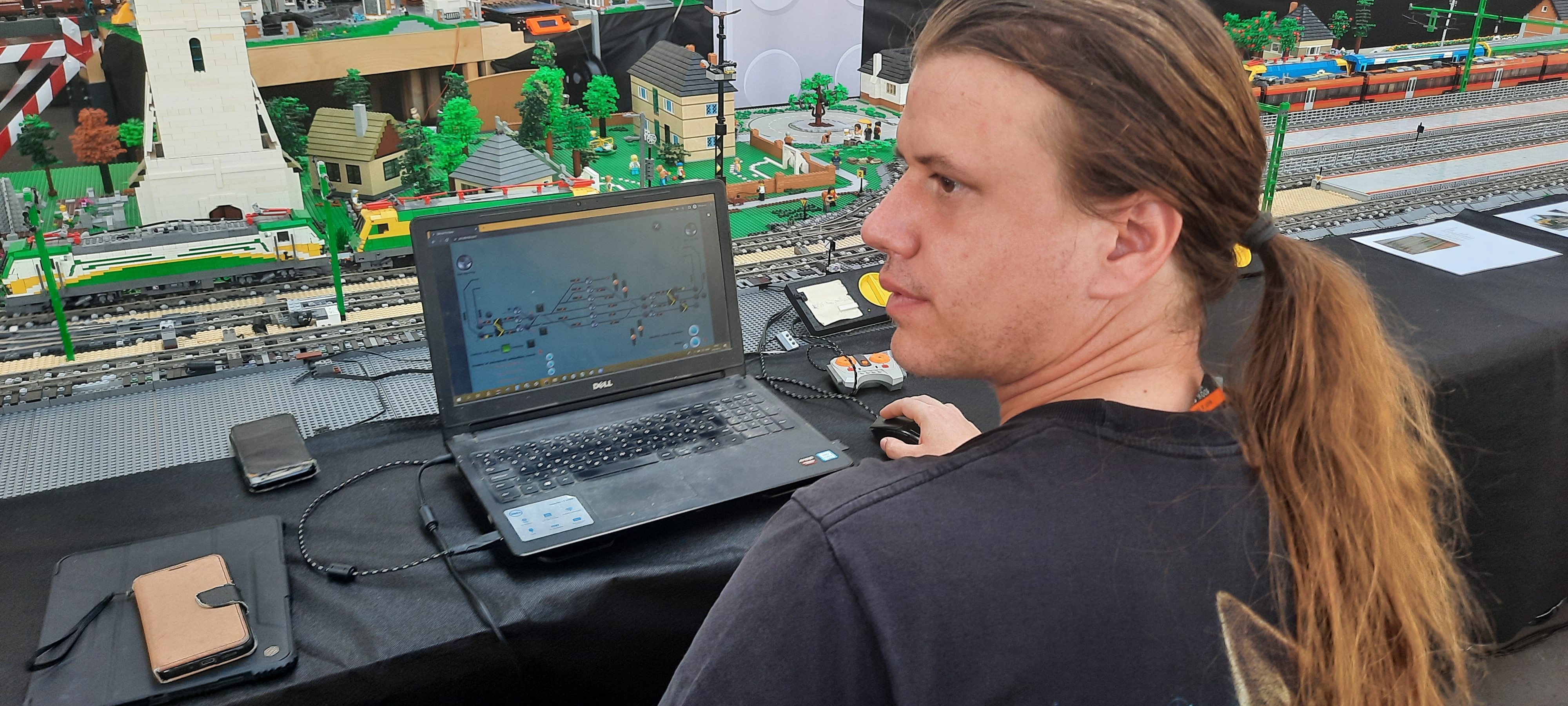
Fig. 3.: This is me, sitting in front of the control panel of my station and the neighbouring sections. The signalling system was controlled mostly by my girlfriend, Tündi, who also helped me a lot setting up the whole display during construction days.
Playing on the layout started on Friday (12th of August), the show was open for visitors only for two hours, between 4 and 6 pm. The Friday opening hours were a sort of test drive - to see if everything is in working order before the "long Saturday", when we were open between midday and 10 pm. I really enjoyed this long Saturday, we were playing before opening hours, too, and keeping the show open for visitors until 10 pm allowed us to show them our builds with their full built-in lights. The trains, the buildings and the streets in the huge LEGO-City looked really cool with their own lights in the dim lights of the tram shed, which granted safe stay to visitors.
The nighttime run is quite rare at Hungarian shows - the "good old" habit that kids must sleep after 8 pm and the participants getting tired prevents extended opening hours at most events. Fortunately the midday opening on Saturday gave us, exhibitors, some rest and it seemed many parents brought their kids even after 8 pm. Some of the visitors decided to come in the late hours to see the display at night, expecting less crowd.
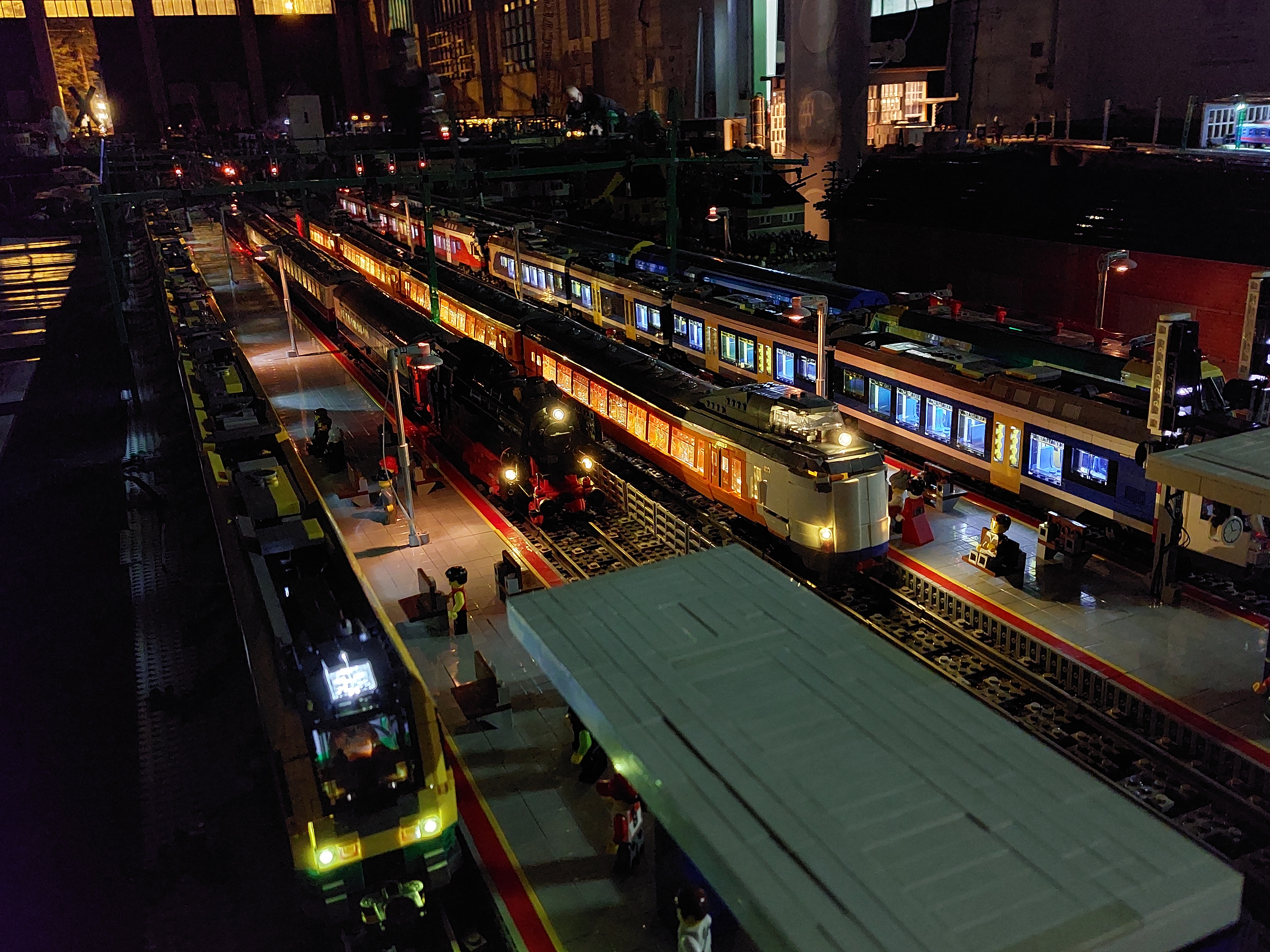
Fig. 4.: Enrico Lussi's photo taken at my station. From left to right: GySEV FLIRT3 & FLIRT, BR65, ICM 4241, MÁV FLIRTs.
Looking at all the rolling stock and scenery built during the two construction days I stopped worrying wether the MOCs of our Hungarian team would qualifiy for this event - I think we quite matched the quality of others' builds. While we were setting up scenery some differences became obvious to me. Those who arrived with big vans and are used to transport their displays with these big cars could build better detailed environment, since they just pulled out the completed sections from the car. As opposed to that, we carry everything in smaller passanger cars, all baseplates without railway infrastructure are stored separately and we put greenery, scenes, gardens, etc. on them during the construction days, with slightly less capacity to build such details as those who can move the whole thing together. Fortunately it has some advantages to build everyting up at every event: laying down some basepates and filling them with various scenery give more flexibility to building a layout. Then, when Micha arrived, asking if we could fill some empty space between two layouts, we just took the greenery-box and went on with it.
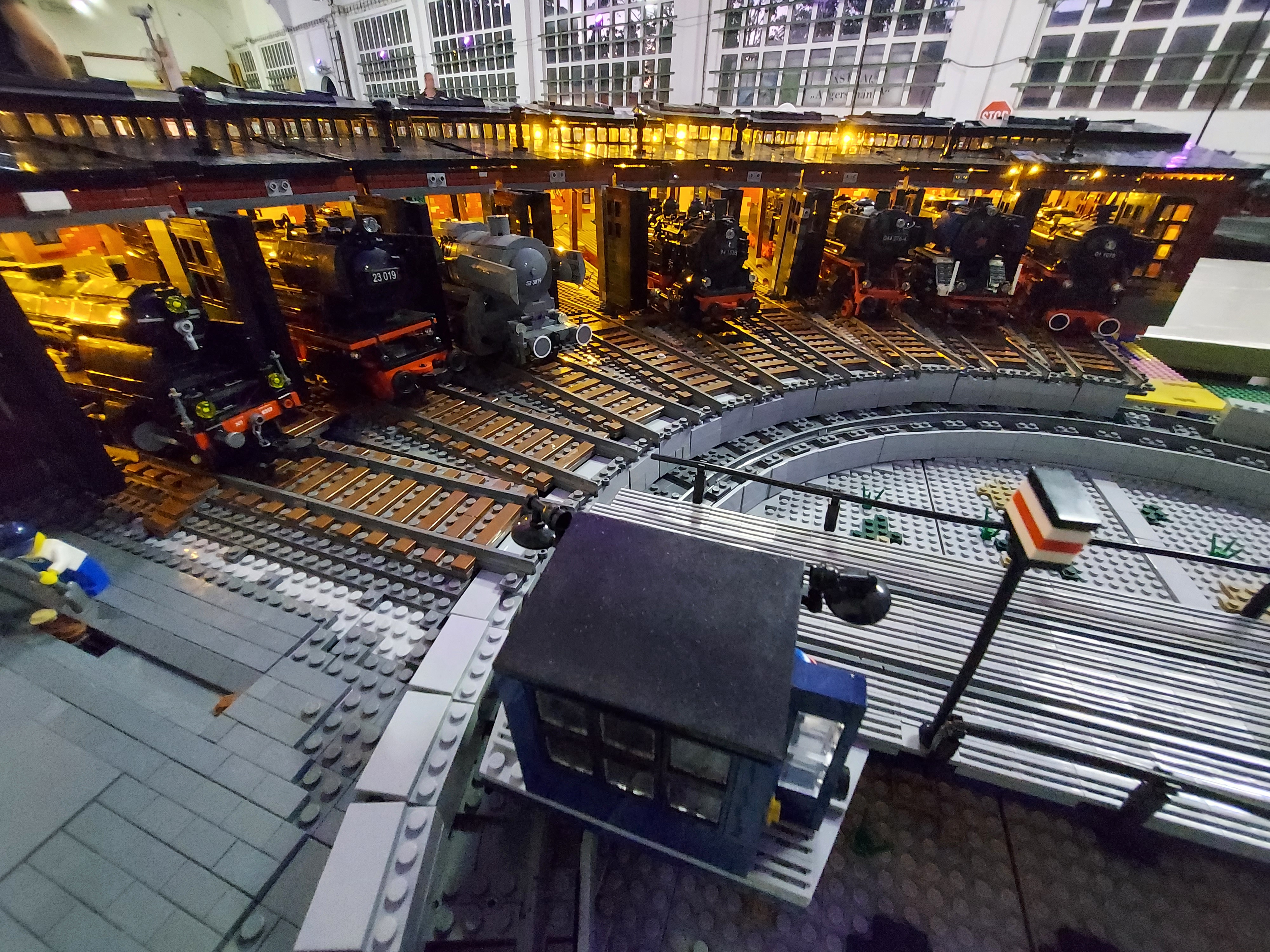
Fig. 5.: Enrico Lussi's wonderful roundhouse is a quite big section to be easily moved and transported.
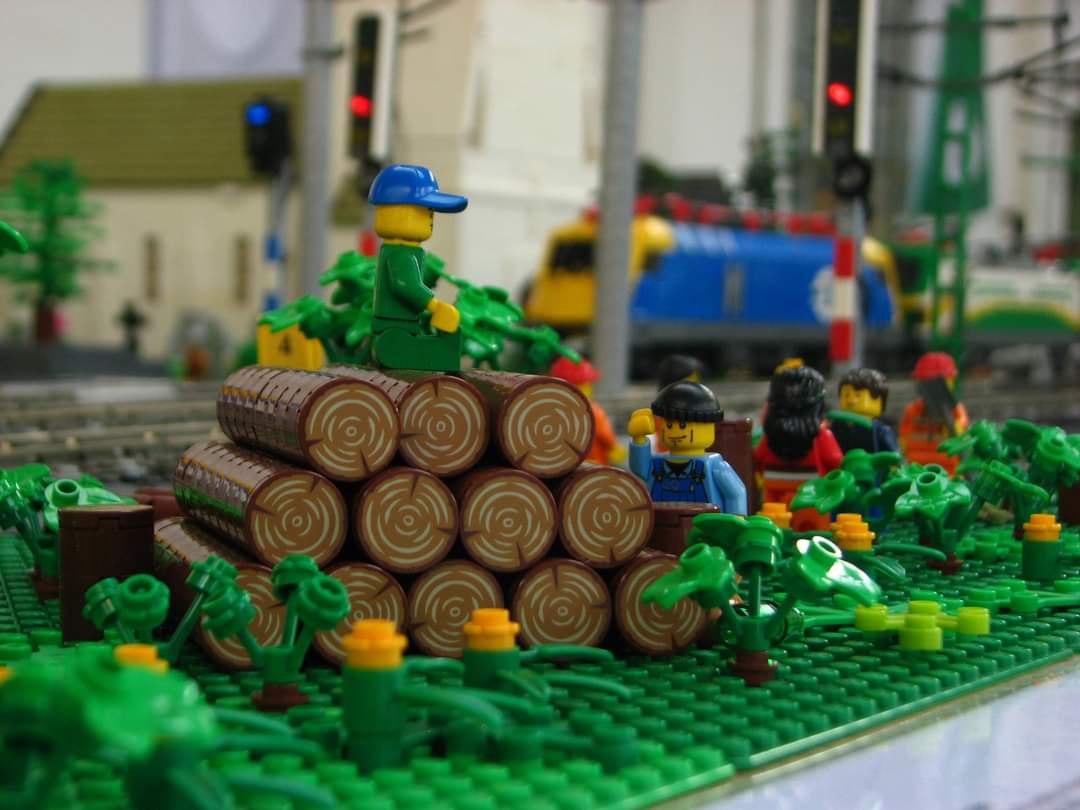
Fig. 6.: Tündi filled up empty spaces with the contents of the greenery-box wherever was needed.
I always had, and still have, mixed feelings about train MOCs. For me, it was quite a suprising discovery how differently others think about building trains using LEGO-bricks. Our team is used to build only with original bricks, including driving, wiring and lights, and we use only the non-visible controll brick SBrick as a non-LEGO component (SBrick uses LEGO battery boxes as power source and runs LEGO PF-components, like motors, lights or sensors). We have seen many engines with non-LEGO motorisation, lights (yes, it is really a pain to hide PF LEGO led wiring), and also found some with 3D-printed bodywork parts for better prototype match. While some of the visible 3D-printed parts, like differently sized steam wheels and rods, are quite approved in the community, for me it was really strange to see window frames, cylinders and other parts 3D-printed, and not trying to build those details from the pool of existing parts.
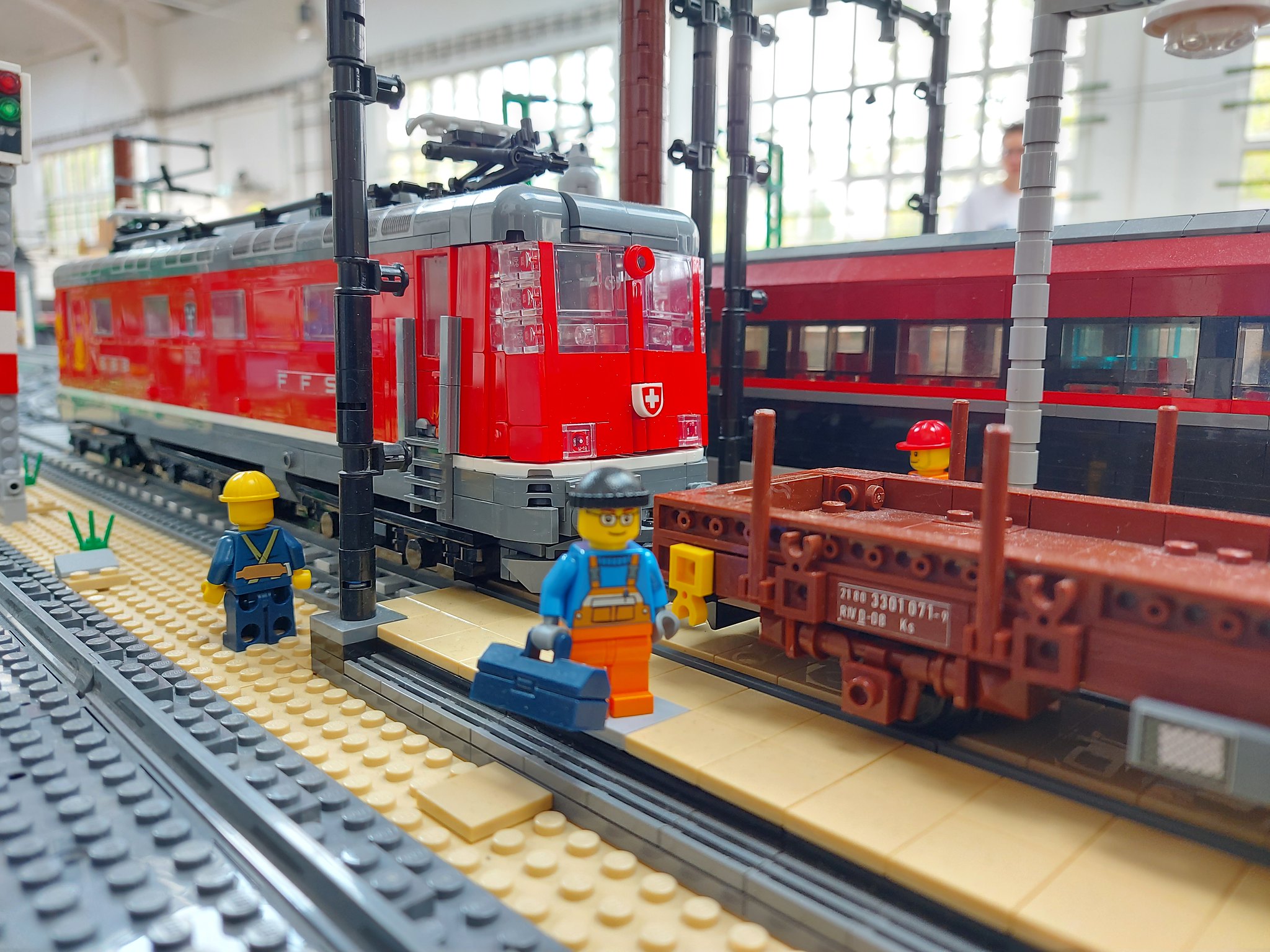
Fig. 7.: The Re10/10 locomotive from Switzerland by Thomas W. - brickbuilt, we can see only small stickers as lettering and ventillation grilles on the top.
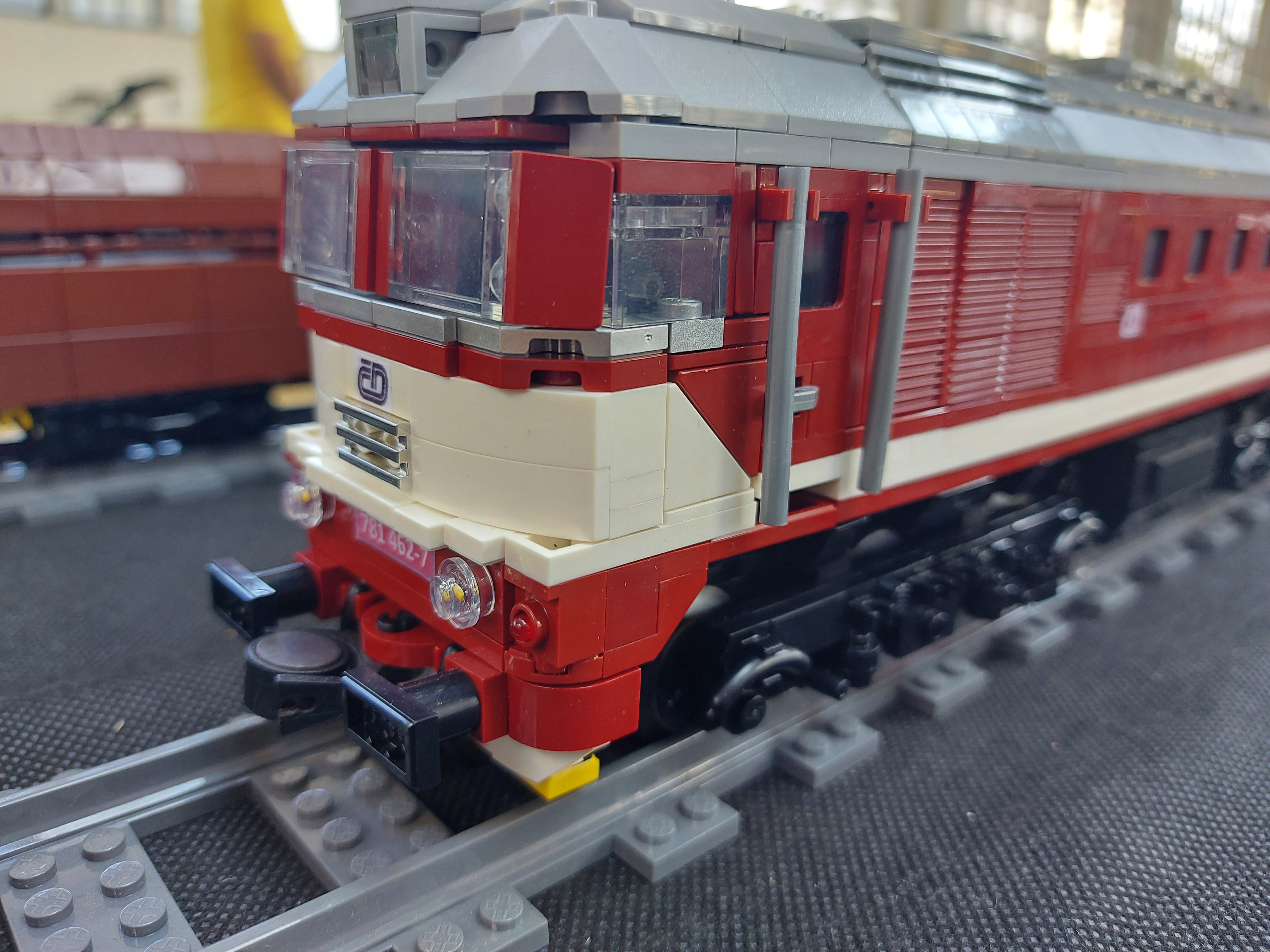
Fig. 8.: "Sergey"-type locomotive with dark red and tan colours by Dennis.
R40 or R104?
The other suprising discovery for me was that most of the trains displayed here worked only on R104 curves and points. One of the participants ran his train on Friday evening when he derailed at a curve. He later discovered that it was an FXTracks, the only R88 track in that curve, so it was replaced and some surrounding sections were rearranged too. While we designed everything to work on original track geometry, which uses only R40 curves and points, most people were expecting 3rd party suppliers' tracks to appear at the event: TrixBrix, 4DBrix and BrickTracks products were used at most of the stations, so people could switch tracks without derailments. There were also some homemade R104 switches and double slips by the German team, they modified TrixBrix points with copper foil to run 9V trains on them.
And talking about track construction and R104 points, this year Michael Gale from Canada also participated. He is the founder of the company FXBricks, which started to produce 9V-compatible, electrified LEGO-track which look very similar to the original ones in dark bluish gray colour. There are some homemade attempts to electrify plastic tracks and OKBrickWorks produces 3D-printed 9V track, using H0 rail upside down on the top of plastic parts, but FXBricks is the first to offer high quality track with the look of good old 9V tracks, and now they brought some of the R104 points they plan to make commercially available this winter.
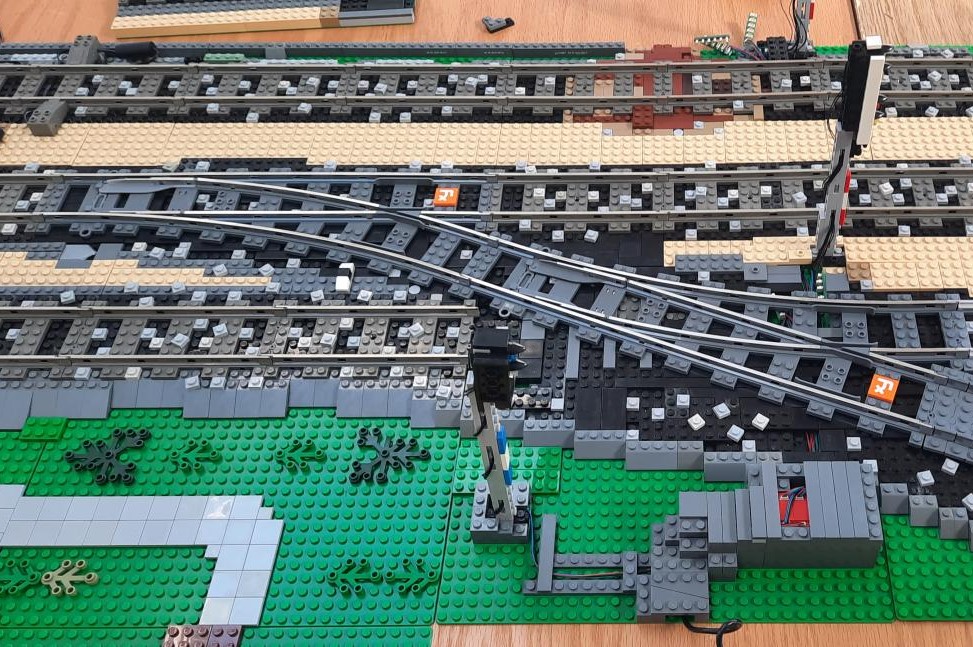
Fig. 9.: R104 points of FXBricks built into my layout (the left switch replaced a TrixBrix double slip, so a connection was lost here). It is worth noting that we get two moving railheads instead of one, the two positions of the switches are mechanically locked. If you reach the switch from the wrong direction and it is not set for your path, it will derail the train! One pair of the switches is estimated to cost 150€, won't be cheap anyways but opens a new era in our hobby. The box of two switches will also include some S8 straights; S1.6; S3.2 alignment elements and R64P return curves.
The show in Schkeudtiz was a fascinating meeting point for the fans and granted great insight into the building methods of other people from other countries. For me it became obvious that LEGO, as a company, lost those people who build trains using LEGO-bricks. The bluetooth-based Powered Up system they introduced for trains in 2018 (5 years after SBrick's firt kickstarter campaign) is simply not enought for the train community. The system is still underdeveloped, in some approaches it is a step back even from the infrared Power Functions system, and those who want more than an original lego train on the shelf have chosen different driving systems for their trains. There were more BuWizz, SBrick and PFxbrick (supports sound as well!) smarts hubs at this event than original LEGO-electronics. Even the new UCS Harry Potter steam train, which won't run on original LEGO tracks, wasn't introduced for train fans. It is for HP-fans and LEGO UCS collectors. The 3D-printed or injection molded tracks, the attempts of FXBricks to reach railroad modelling DCC-option for LEGO trains, the non-LEGO bluetooth-based controllers indicate clearly how the LEGO Company has forgotten about train fans. And while I'm writing this article, metal axles are just dying out, replaced by a plastic-plastic connection under the official LEGO trains. It is worth stopping and start thinking: producing a single metal axle is not worth for TLC, but many companies, starting from absolute zero can profit from producing and selling LEGO Train accessories.
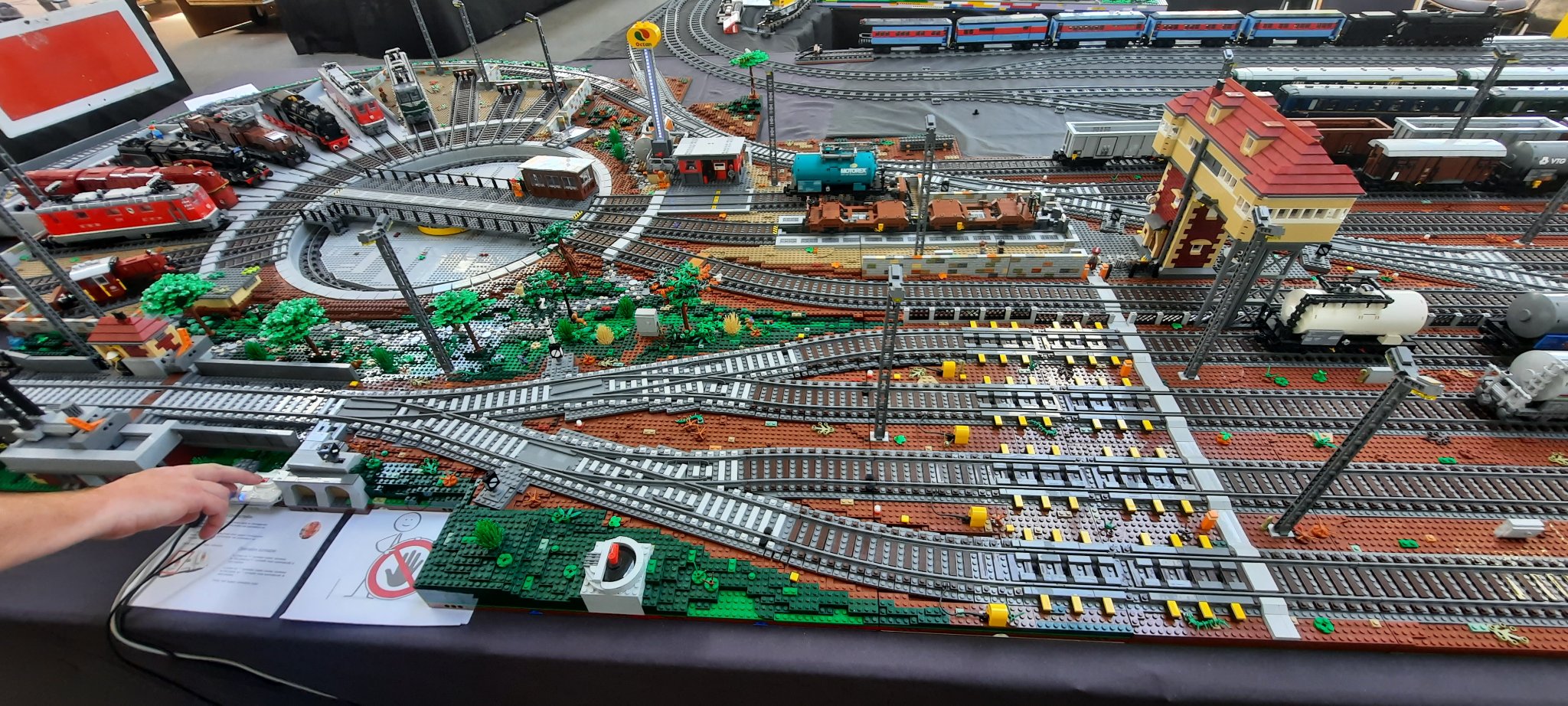
Fig. 10.: R104 switches at the display of Thomas W. There freight trains were sorted here, rolling down the different freight cars to different tracks.
The displays didn't have any fences around (the LEGO-layouts took up most of the space and with fences there wouldn't have been enough space inside) and yet, except for one little boy who switched multiple points, there were no problems at all. Noone tried to touch, catch, or derail the trains, even though we had many-many people there, especially after opening in Saturday. Seeing hundreds of people in the shed I was worrying first, but after seeing how nice and polite they were, I stopped worrying.
The organising team was also very nice and kind to us, we got really good catering next to the shed, and every one of our questions and requests were handled the best way possible. Some announcments were made only in German (so we missed a dinner), but anyways, we felt really welcome there.
However I think I'm one of those who draw the line more strictly about using non-LEGO parts. In general, we saw quality MOCs at BSBT 2022, both engines and layouts. It was an unexpectedly nice experience to meet the people I only talked to via Discord or Facebook before. Back in 2010 Maciej's LEGO works inspired me a lot, seeing what can be achieved using only LEGO-bricks to build trains, and it was a good feeling getting to know that some others felt the same about me, back from 2017. It was also great fun to drive my LEGO trains at such a big layout. This could only be done once a year in Europe, so we plan to participate next year, too. We collected our photos and some videos to show at end of this article. Hopefully, looking at those photos and videos, you will decide to join us next year!
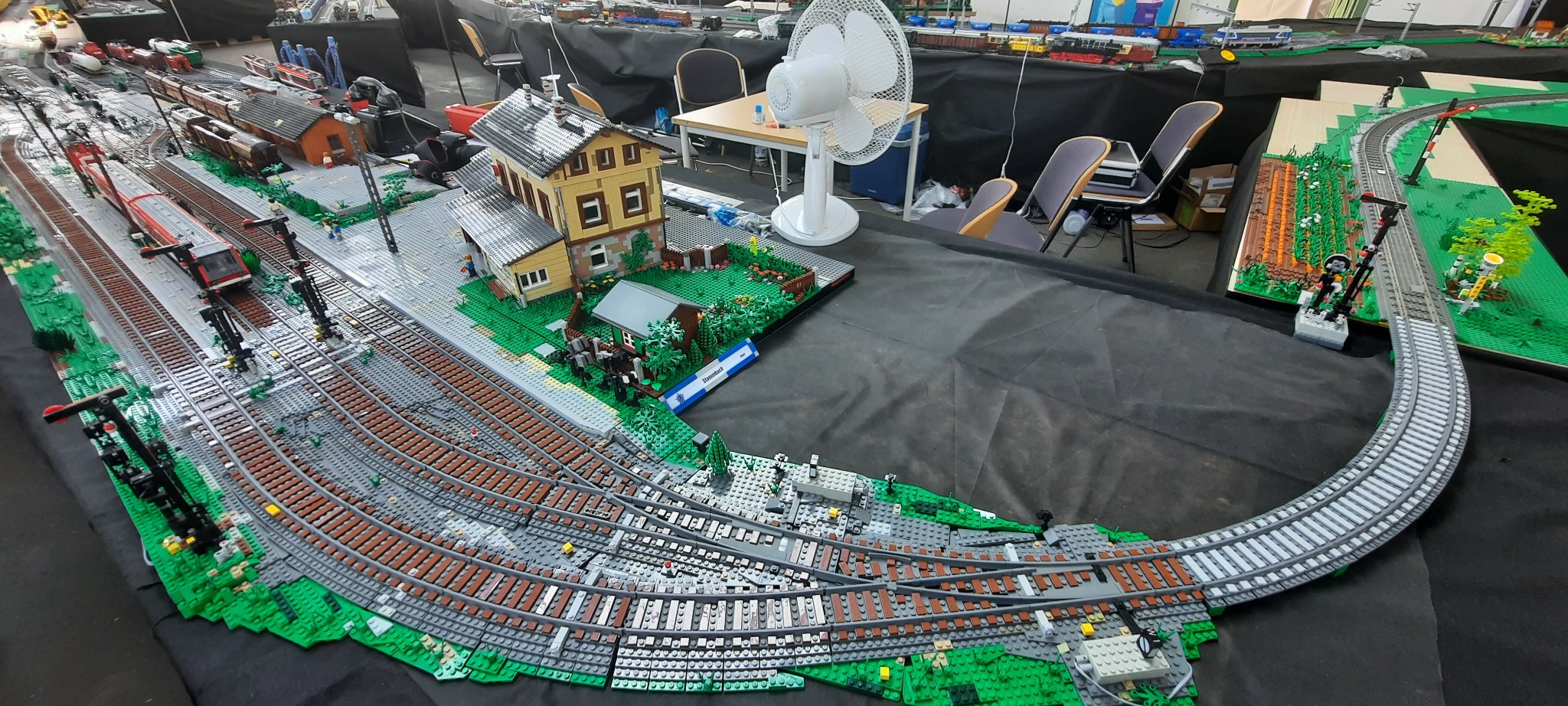
Fig. 11.: Stammbach station by Ben
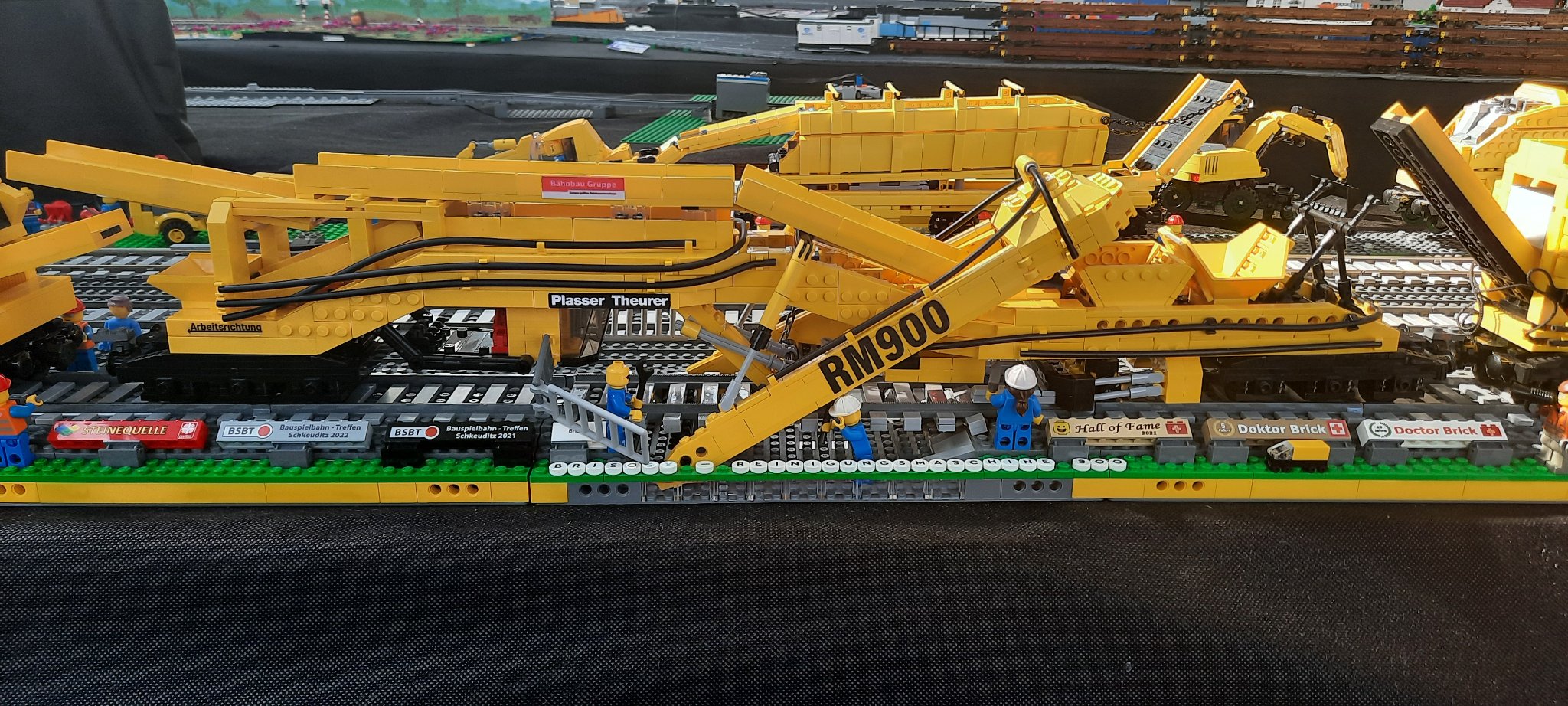
Fig. 12.: Track reconstruction machine by Melvyn
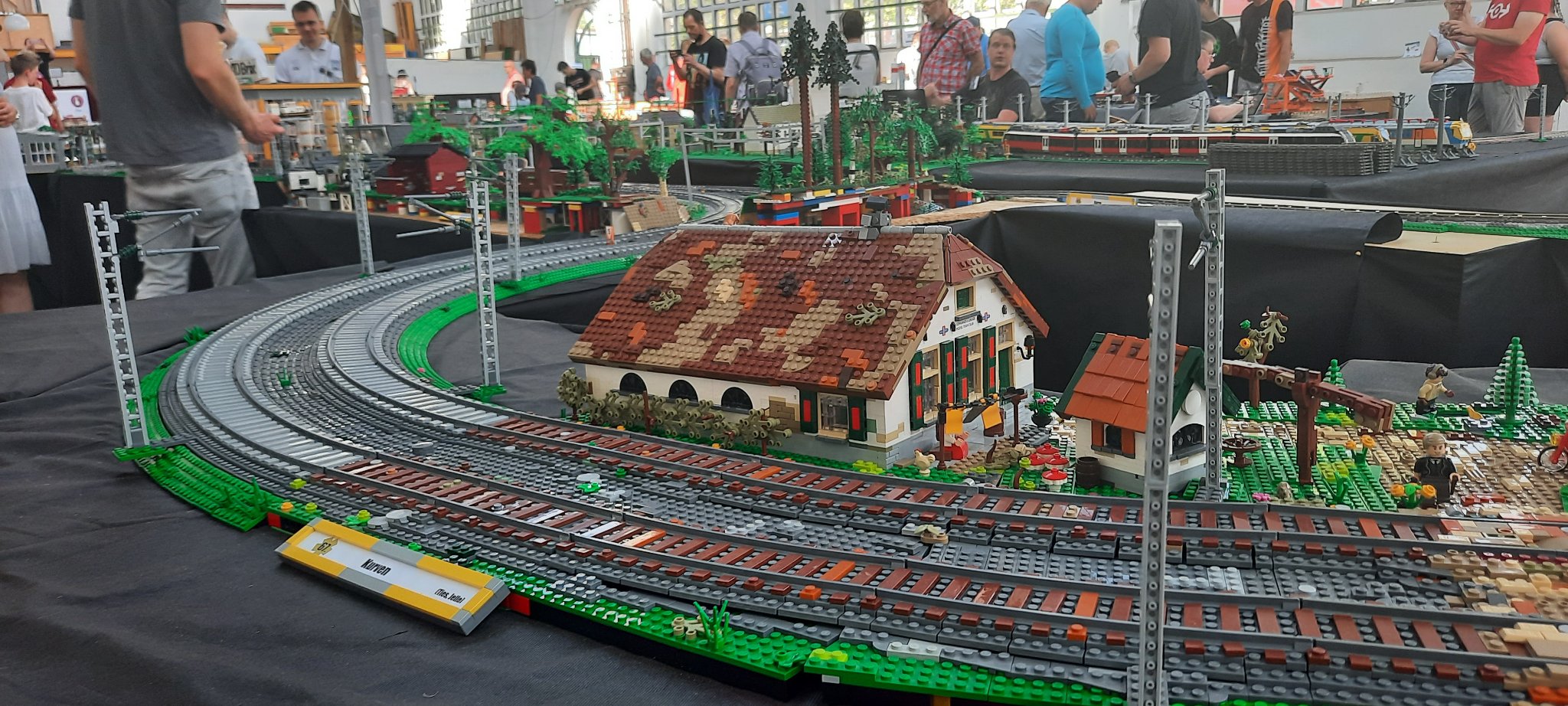
Fig. 13.: Curved module of Ties és Jelle.
Further images and videos:
RAILcam of the joint layout:
Another RAILcam video:
Video shoots of the layout:
Enrico Lussi's article at BrickModelRailroader

